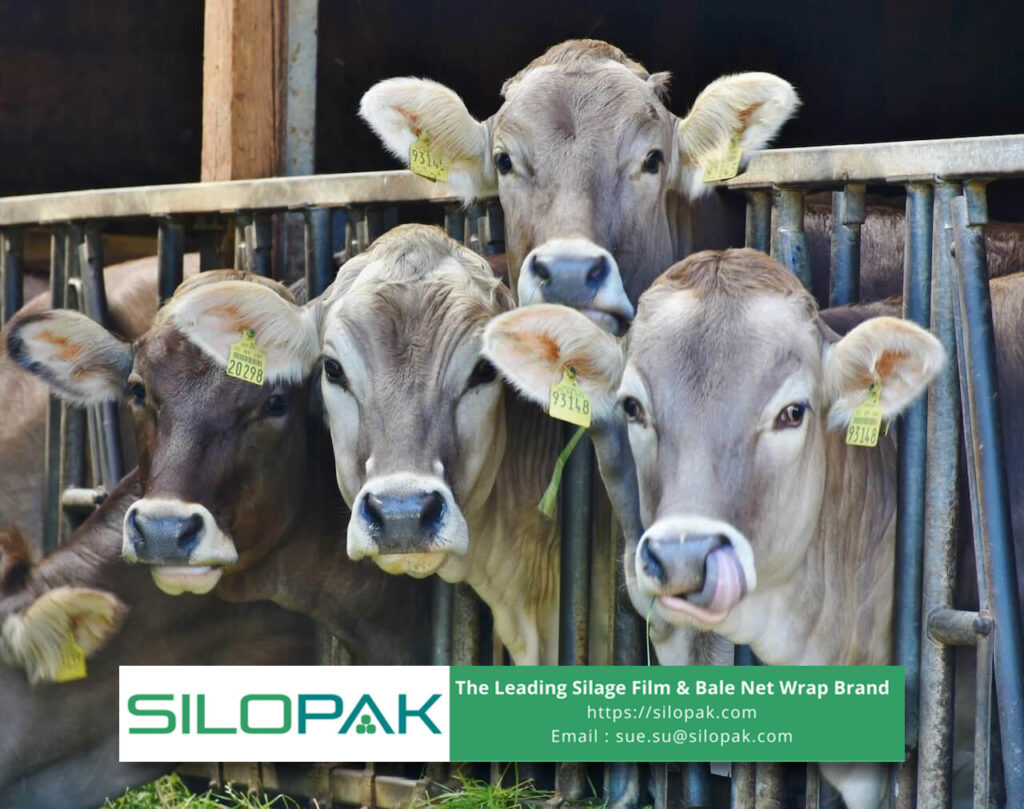
Now we’re going to ask what type of grass is best for cows. Observing or revealing the answer to this question is a must. Cows are the main characters in agriculture. Many products of them are highly needed for human life. In our daily lives, dairy products and meat are our dear friends as the provider of prominent essential substances for growing and living.
We can say that our lives are good because of those products. Then, the cows themselves have to be raised healthily and happily so we don’t lose good production. Moreover, children need them so much for growing.
contents
Cows’ Health is Important
Based on our need for cows products, their healths have to care for. To make that happen, we have to make sure that the cows consume good fodder. Palatable and nutritious forage has to be accessed easily. Grass has been mentioned as a good source of nutrients. However, there are so many types of grasses. What type of grass is best for cows? Finding them can promote productivity.
Orchard Grass
Growing well in a cool season, it is famous in the United States in central and eastern regions. The cows’ response to this grass is so good. We can say that this grass is palatable to them. Being cool season grass doesn’t mean that this can’t stand in dry conditions. This grass is strong in drought.
This is a big hope for those who live in the low rainfall area. The grass will grow well although it is difficult to get water. This plant is recognized to be a good choice for cows because it has essential minerals, fiber, and protein. Those are the base of growing support that will make the cows more productive.
Tymothy Grass
This plant grows well in Canada and the United States. This belongs to cool season grass which makes this grass strong in winter. The other grass might not survive in this season, but this grass will.
The farmers often hung their hopes on this grass as the forage source in extreme seasons. The substance in this grass is important minerals, high protein, and high fiber. The substance makes this grass friendly to the cows’ digestion. The high protein promotes fast to grow.
Bermuda Grass
Different from the two previous grass, bermuda grass belongs to warm season grass. And that is why this grass is easily found in the southern part of the United States. It is a hardy grass with high tolerance to extreme conditions such as heavy grazing, overheated temperature, and drought.
This plant has a high amount of protein and important minerals that can boost productivity. The cows that consume it can have good teeth and strong bones because of the high calcium the grass has. Unfortunately, the fiber in this plat is quite low. So, to fulfill the complete nutrient for the cows, the farmers could mix it with the other fiber source. Or instead of mixing it up, just add the different forage with high fiber. Notice the portion and also the appetite of the cows.
Tall Fescue
This grass is often eaten by cows for beef production. It also belongs to cool season grass. Central and eastern United States regions are the area where the grass is commonly found. The beneficial substance for livestock growth that are in this grass are minerals, fiber, and high protein. It withstands extreme dry conditions and heavy grazing.
However, some of the varieties have endophytic fungi. It is a fungus that disturbs the livestock’s health. Therefore, when deciding to choose this grass as the menu for your cows, carefully choose the variety with no endophytic fungus.
Ryegrass
It is an excellent grass for cows based on the nutrient contents and the benefits. This cool season of grass can survive in winter. Actually, the ideal temperature is 66 to 74o Fahrenheit. But in winter, it withstands. Otherwise, in the warm season ryegrass, together with some other cool-season grasses, will grow slower.
Cool Season Grass Vs Warm Season Grass
What type of grass is best for cows? By knowing the nutritional value and the characteristics of each grass, we can conclude that both cool-season and warm-season types of grass are good for cows and other livestock. Both are interchangeable because they always get weakened when the opposite ideal condition emerges.
The management should be good at arranging the schedule of making a balance between the warm and cool season grasses. Making preserved fodder using grass is one of the solutions. To make the preservation process, the right wrap can help to lengthen the product’s durability. Or you can have both if you have enough lawn.
But, by making preserved fodder, whatever the farmers choose, the livestock can have the right nutrition intake. So, what type of grass is best for cows has been answered.

